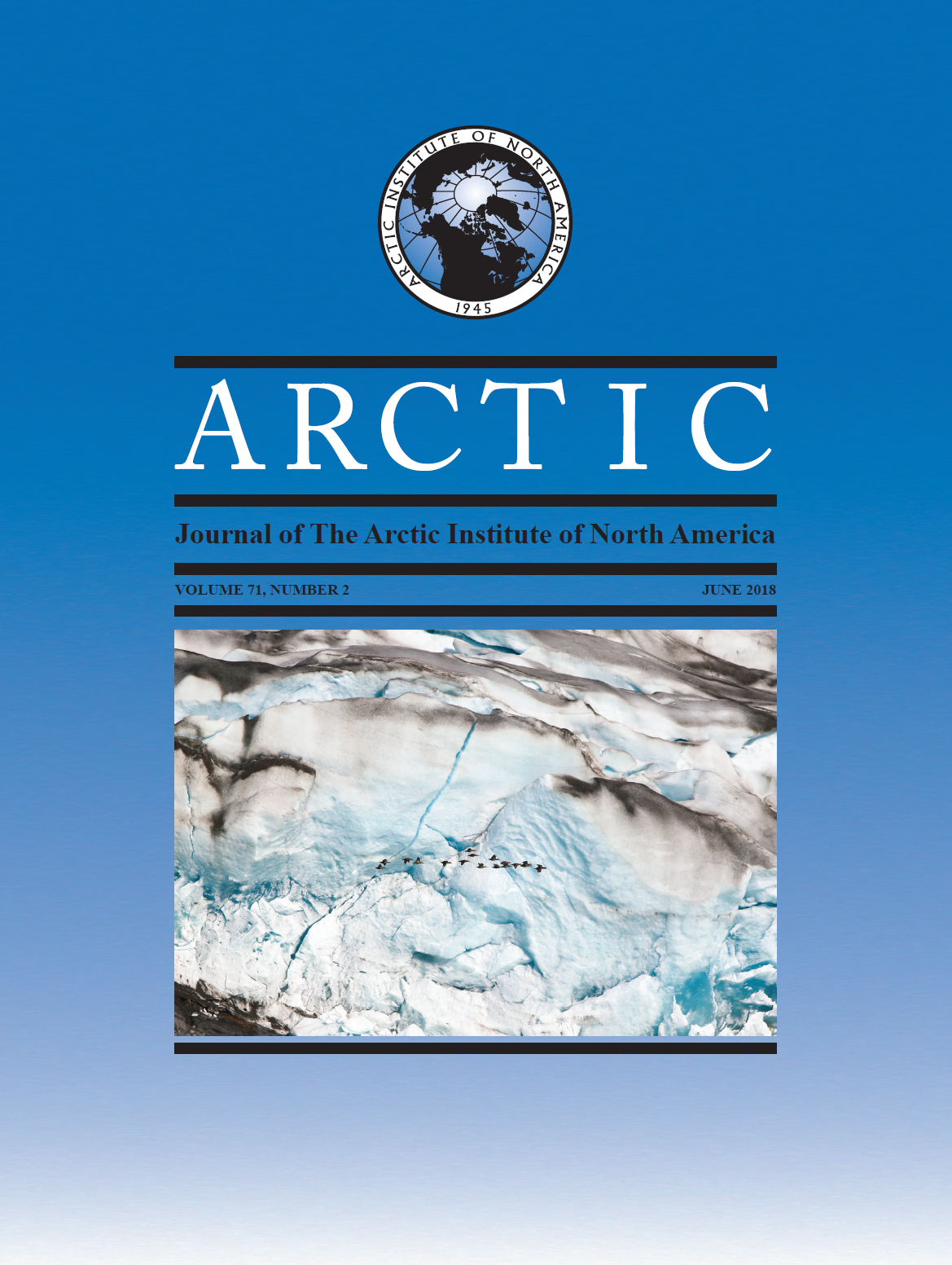Strontium and Oxygen Isotope Profiles of Sequentially Sampled Modern Bison (Bison bison bison) Teeth from Interior Alaska as Proxies of Seasonal Mobility
DOI:
https://doi.org/10.14430/arctic4718Keywords:
bison, strontium isotopes, sequential sampling, behavioral ecology, mobility, Interior Alaska studyAbstract
Studies addressing prehistoric mobility in animals typically use isotopic analyses of sequentially formed tissues, such as the growth layers in teeth, to infer physical movement on the landscape. Strontium isotope ratios (87Sr/86Sr values), which vary geographically, are particularly useful for this purpose, especially when paired with stable oxygen isotope ratios (δ18O), which vary seasonally. Together, these two isotope systems can provide information about past animal movement patterns on a seasonal scale. However, while many studies have used 87Sr/86Sr and δ18O values from analyses of sequentially formed tissues for this purpose, there have been limited analyses on modern animals of known movement patterns across high-latitude regions. In this pilot study, we sequentially sampled and analyzed one second molar (M2) and two third molars (M3) from two bison (Bison bison bison) from the Delta bison herd, which resides in interior Alaska and has known and documented seasonal mobility patterns. The resulting 87Sr/86Sr values from the teeth were compared to a high-resolution 87Sr/86Sr isoscape for the region and were paired with δ18O analyses to determine whether the seasonal 87Sr/86Sr values matched the predicted values for each of the seasonal bison habitat areas. The results indicate that the 87Sr/86Sr and δ18O values reliably reflected the known seasonal mobility patterns of bison and suggest that this approach could be used to investigate the mobility patterns of prehistoric bison in Alaska and surrounding high-latitude regions.
Downloads
Downloads
Published
Issue
Section
License
Copyright (c) 2018 ARCTIC

This work is licensed under a Creative Commons Attribution 4.0 International License.


